Perhaps the best way to begin this piece about the Gibbes Museum of Art is to reflect on the expository words of the museum curators themselves …
“An active seaport in the 1700s, Charleston was a melting pot of cultures, religions and traditions. Powered by the labor of enslaved peoples in the rice and indigo trades, it was the 4th largest city in America in 1790 — and the wealthiest. Like Philadelphia, Boston and New York, what distinguished Charleston then was art.
“While we were home to some of America’s earliest art, collectors, and artists who made the City both muse and subject — and took a turn as one of the nation’s richest cities — in money and culture — so were we also home to America’s original sin, slavery — and a war that divided our nation.
“In 1888, when Charleston was financially and culturally on its knees, benefactor James Gibbes left a bequest to the City to build an art museum. When the Gibbes Museum opened in 1905, the nation celebrated what Charleston has always understood: the power of art — to inspire our imagination, heal our hurt, revel in our experience, rebuild what’s broken, nourish our souls, and release all that holds us back. “
GIbbes Museum curatorial text
And it went on from there, closing with “This is art’s gift” — and the Gibbes Museum gifts us with a broad view of art history, from colonial to contemporary, from portraiture and fine art to the decorative arts.
These are some of our favorite things …
Between 1700 and 1825, at least 250 different cabinetmakers produced furniture in Charleston, plus innumerable chairmakers, joiners, carvers, turners, and upholsterers contributed to the local furniture industry. Portraits were a notable luxury, and a favored form of painting. Often commissioned to mark significant life events, a portrait demonstrated the sitter’s social or marital status, personal style, and prestige.
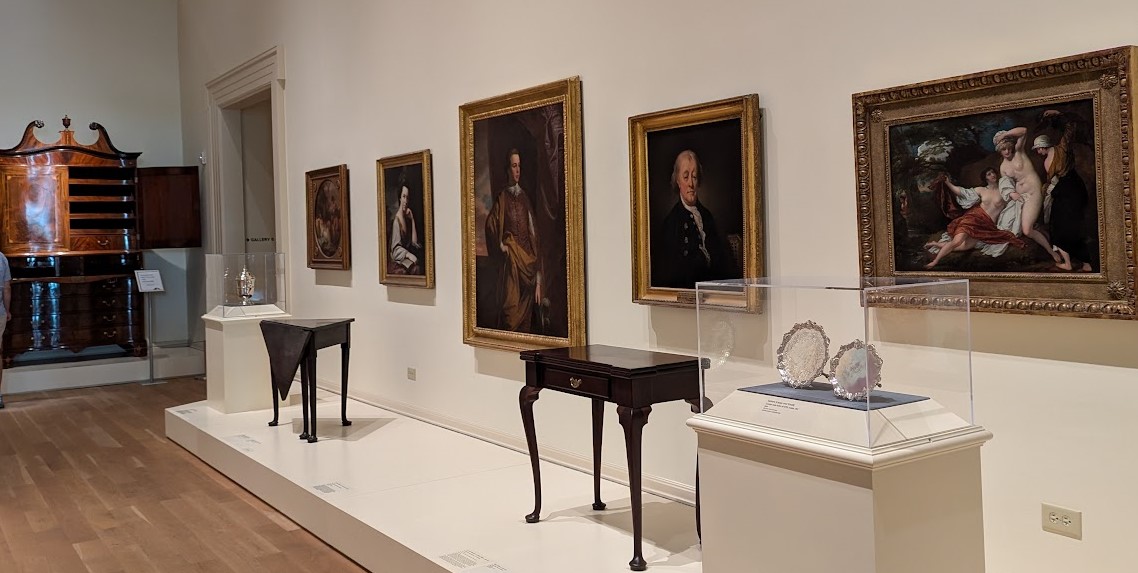
18th-Century Gallery installation view 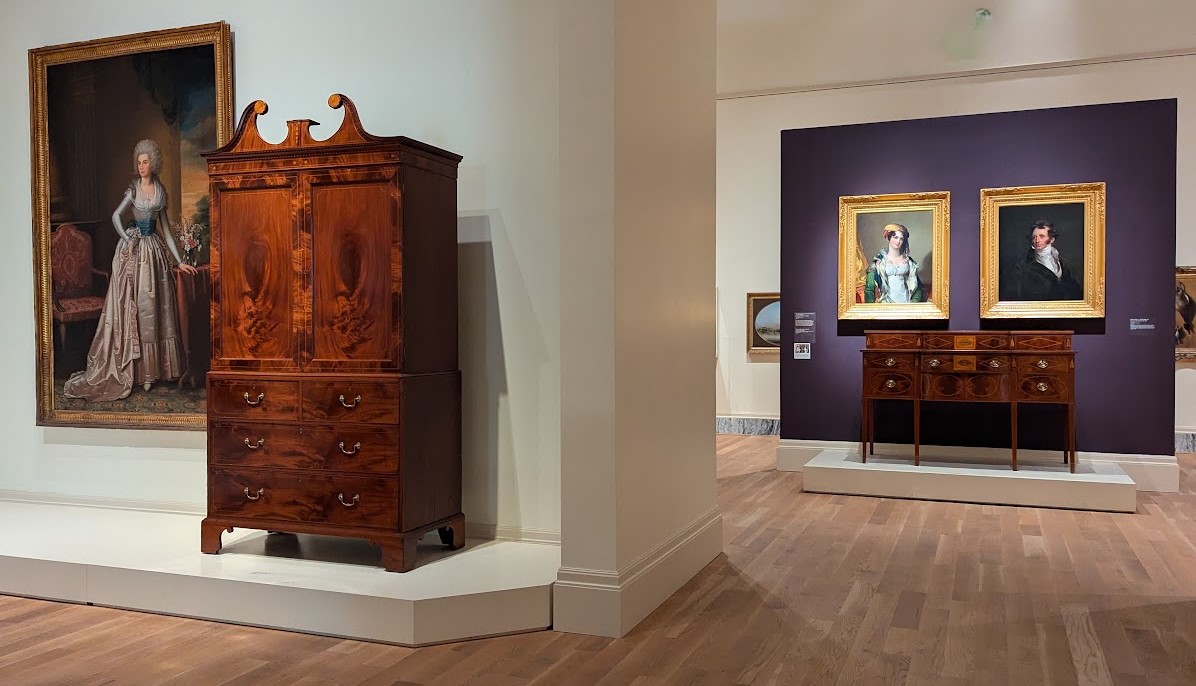
18th-Century Gallery installation view
Coiled basketry has been practiced continuously since it was brough to America from West Africa in the 18th century. Modern basketmakers use a variety of inventive methods and include non-traditional materials but still use the same sewing techniques to make both practical and artistic pieces. Mary Jackson, whose work is highlighted, is an internationally recognized master of sweetgrass basketry.

Never Again, Mary Jackson, Sweetgrass and palmetto 
Two Lips,1983, Mary Jackson, Sweetgrass and other native fibers
The Miniature Gallery holds an extensive collection of framed painted portrait miniatures depicting personages of wealth and standing, as well as the inexpensive pocket-sized photographic portraits that emerged in the mid-19th century, representing a broader demographic.

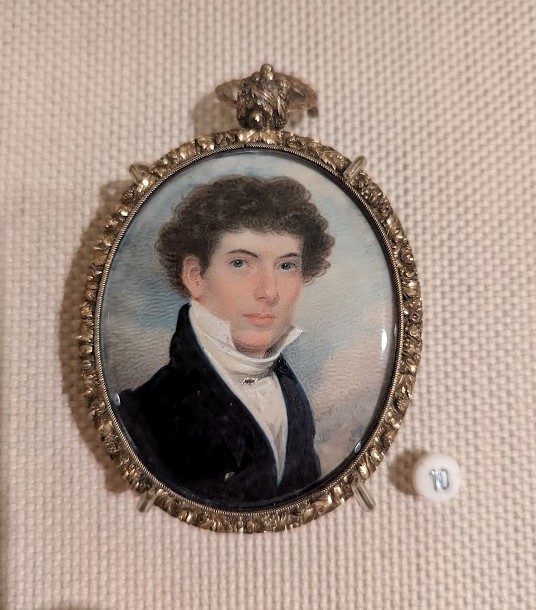
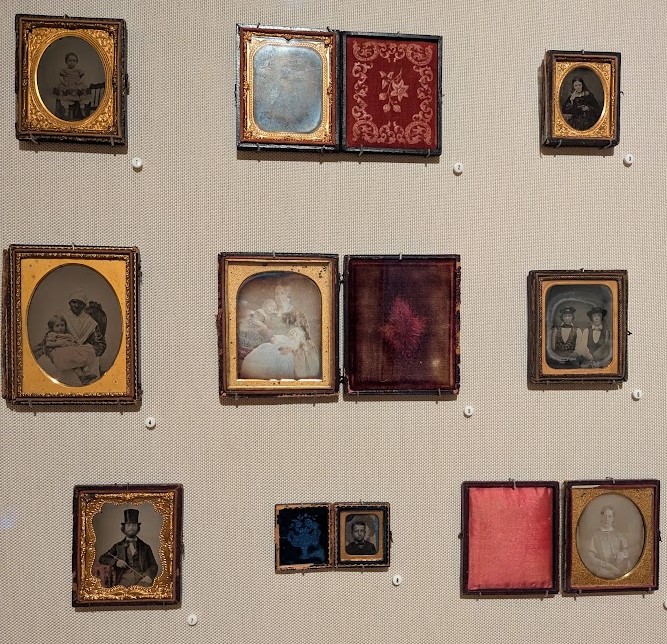

Miniatures Gallery installation view
The Modern and Contemporary galleries show work by some very familiar names as well as artists who were new to us. Charleston is home to a thriving arts community. Works in the Museum collection were created over the past 40 years by artists who are native to the area, who have spent time working here, or who have created objects that reflect the story of the region. The works are grouped to reflect several themes, including the southern landscape, the human figure, abstraction, and the legacy of slavery.

502 Lucerne Street, c. 1983-86, Edward Rice 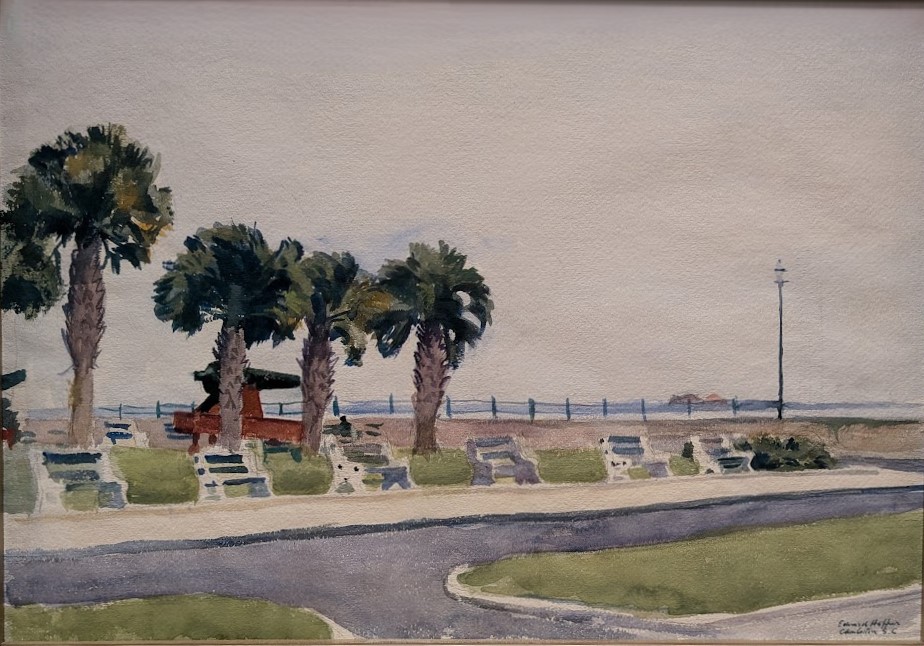
The Battery, Charleston, SC., 1929, Edward Hopper
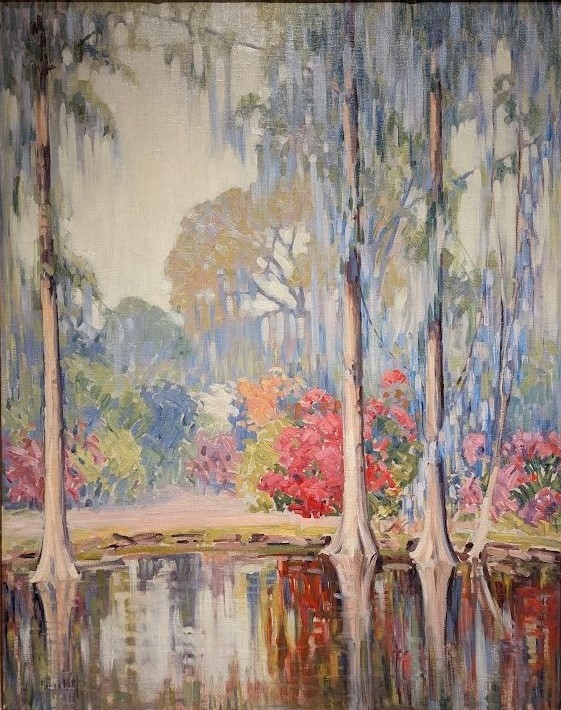
Magnolia Gardens, c.1920, Alfred Hutty 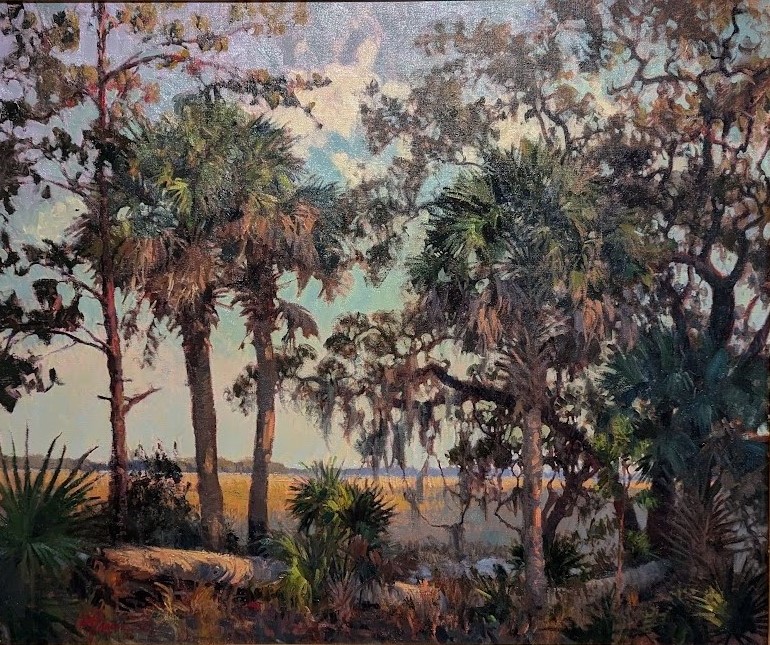
Stretching for Sunshine, 2009, West Fraser 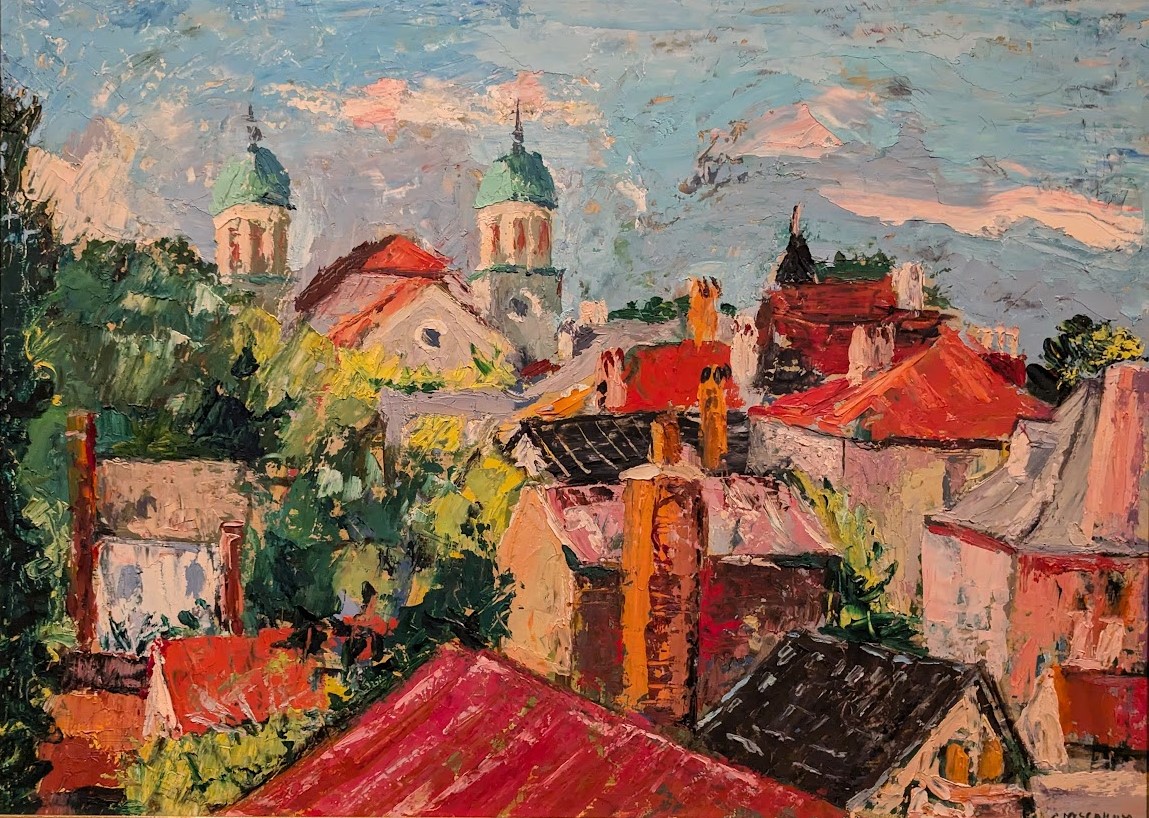
Cupolas and Rooftops, ca.1961, Corrie McCallum
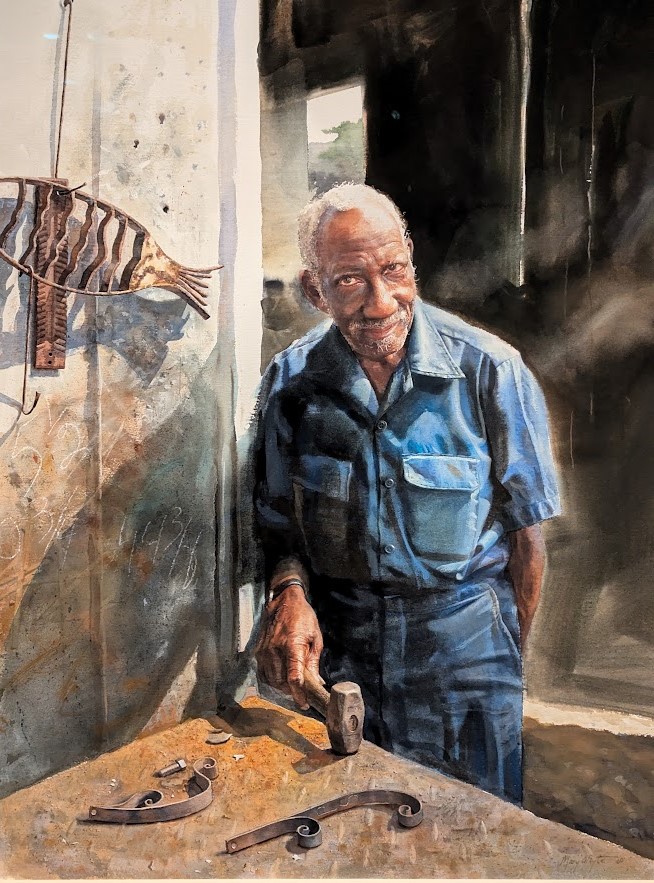
Iron Man, 2000, Mary Whyte 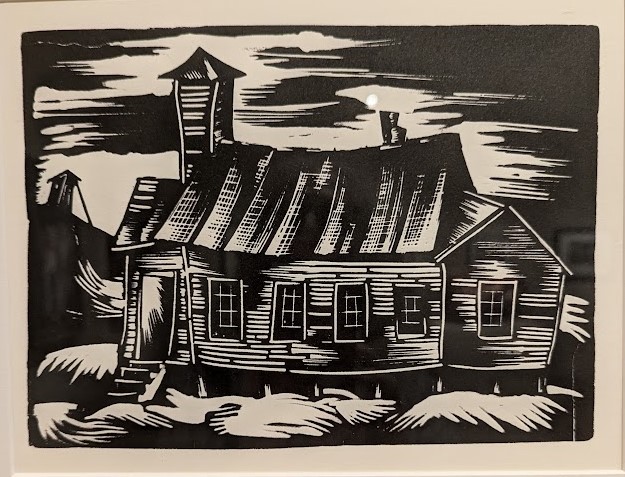
Old Church, Selections for the Atlanta Period, c.1935, Hale Woodruff 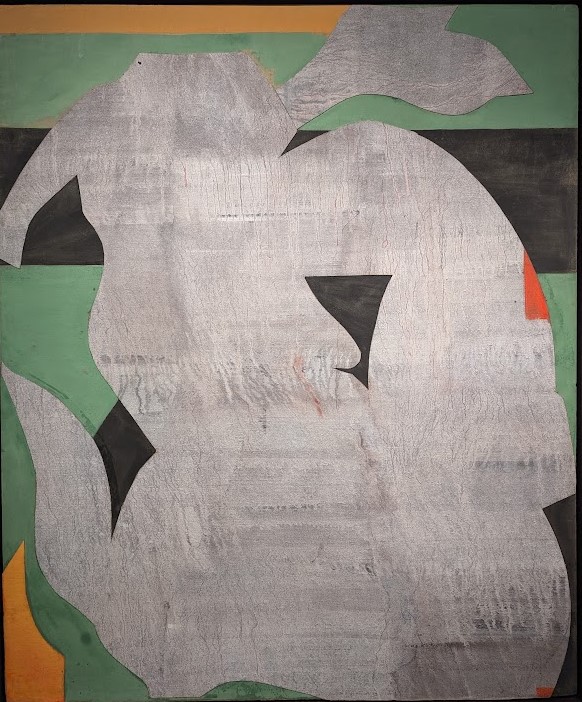
Untitled (Green), c.1960s, Romare Bearden
Stephen L. Hayes’ monumental mixed media wall relief was constructed from found materials that he says draw on social and economic themes ingrained in the history of America and African-Americans. Artists, he believes, are as much translators as they are creators. Hayes’ approach to gathering his working materials is simple, “If I can’t find it, I’ll make it. If I can’t make it, I’ll find it.” Hayes was the 2020 winner of the 1858 Prize for Contemporary Southern Art which awards monetary support to an artist whose work contributes to a new understanding of art in the South.

They Combined Beauty, 2015, Stephen L. Hayes 
They Combined Beauty (detail), 2015, Stephen L. Hayes
At the turn of the 20th century, American artists looked to their European counterparts and beyond as they developed identifiably American art movements. French Impressionism and Japanese woodblock prints were especially strong influences.
While the portraitists of the 18th century generally depicted socially prominent persons, early-20th century painters often produced portraits of family members. Originally titled April 1859, the Hassan work below is thought to be an image of his mother when she was pregnant with him. Harbell’s The Sisters is a portrait of his daughters.

April (The Green Gown), 1920, Childe Hassam 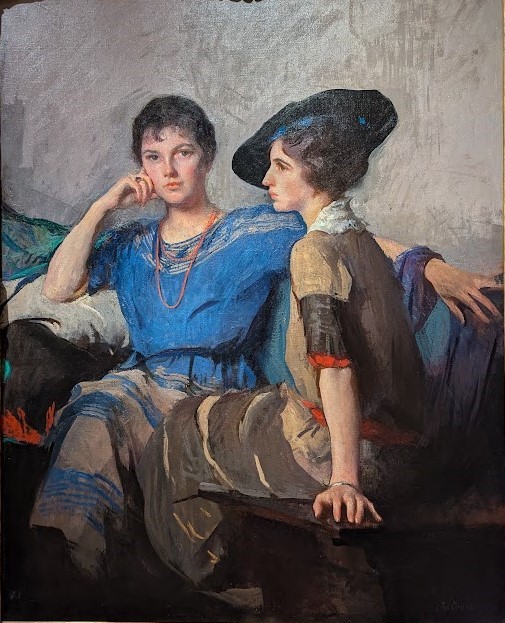
The Sisters, 1922, Edmund Charles Tarbell
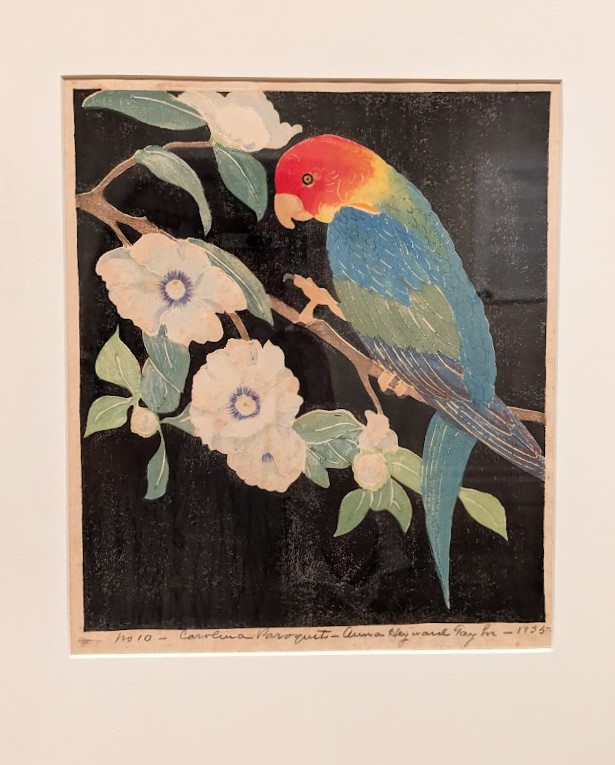
Carolina Paroquet, 1935, Anna Heyward Taylor 
Woodblock and tools used in creating Carolina Paroquet
A smallish museum, the Gibbes has great charm. Engaging from start to finish — from the 120 year-old stained-glass Rotunda Dome, to the glass-walled conservation studio, to the accessible explanatory placards that guide the visitor through the 300-year-long story of art and culture in Charleston.
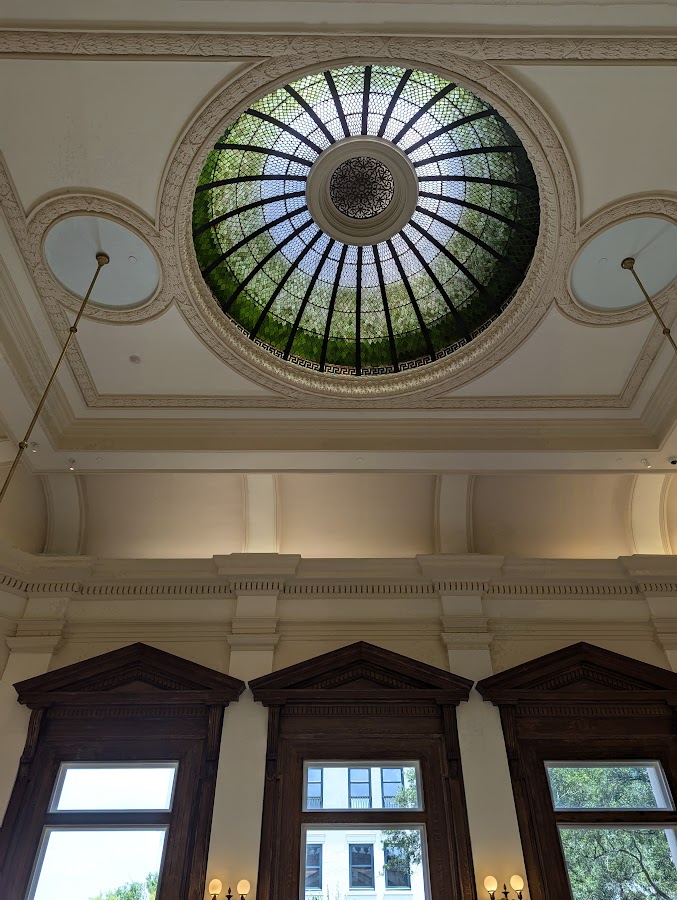
Rotunda Dome 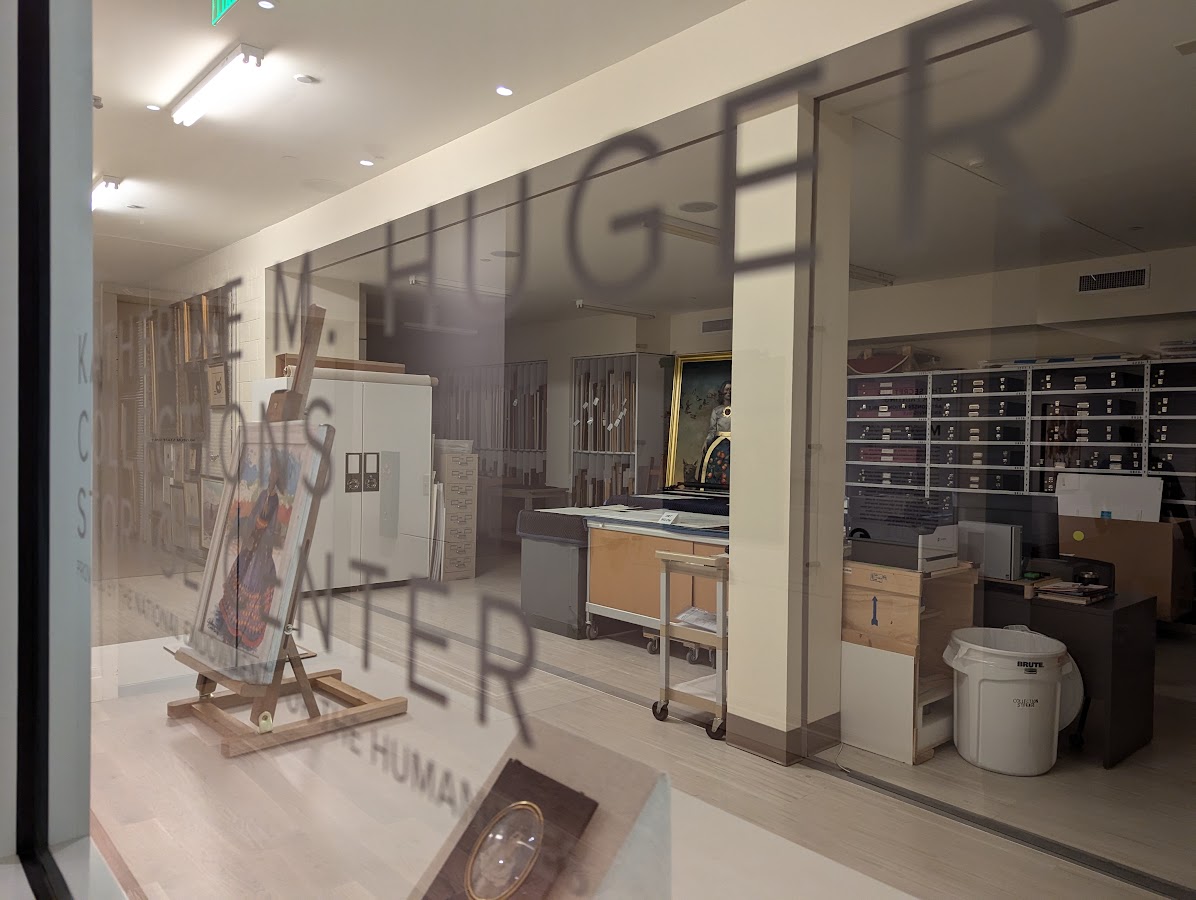
Conservation Studio
A visit to the Gibbes Museum of Art will not disappoint!
Hmmm … maybe it’s time to plan a little trip …
Gibbes Museum of Art
135 Meeting Street, Charleston, SC
843-722-2706
Art Things Considered is an art and travel blog for art geeks, brought to you by ArtGeek.art — the only search engine that makes it easy to discover 1800 art museums, historic houses & artist studios, and sculpture & botanical gardens across the US.
Just go to ArtGeek.art and enter the name of a city or state to see a comprehensive interactive listing of museums in the area. All in one place: descriptions, locations and links.
Use ArtGeek to plan trips and to discover hidden gem museums wherever you are or wherever you go in the US. It’s free, and it’s easy and fun to use!
© Arts Advantage Publishing, 202
